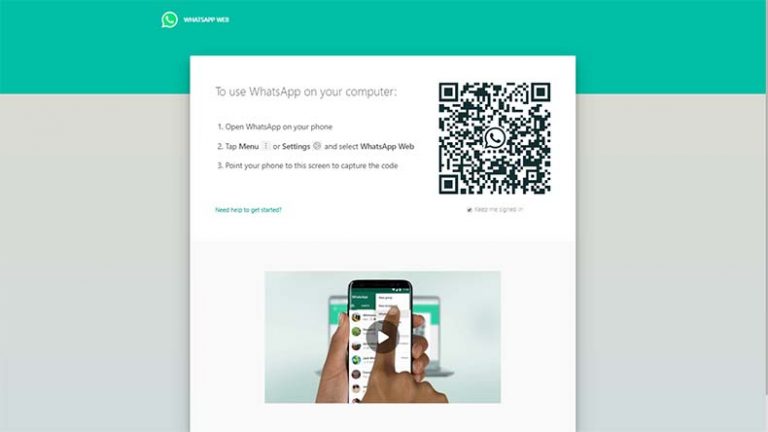The Importance Of Proof Of Concept In Software Development

Software development is among the industries where proactive methodology and failure prevention are often critical. This is what makes PoC in software so crucial for any organization.
The generation of ideas and their implementation are drivers of business development and competitiveness. However, it is essential to ensure that the idea has a high chance of success since creating any product takes time and money. That’s why organizations need a clear understanding of whether their future product will be accepted by clients and potential users.
The most effective way to determine whether a product will be successful or not is proof of concept (PoC). This concept makes it possible to find out in advance whether your idea is feasible in practice and what steps you should take to implement it.
So, let’s take a closer look at what a proof of concept is, what types there are, and why it’s important for business.
What Is Proof Of Concept?
PoC means a proof-of-concept strategy early in the software development life cycle.
The main task of a PoC is to determine whether the concept of your product is practically feasible and whether this product will be used in real life. In other words, PoC is about whether people will buy and use your product to solve their problems.
In addition, a proof of concept strategy helps to adapt a future product to market requirements and determine what functions it must have to become in demand. Thus, proof of concept allows you to increase the chances of success, as well as prevent loss of investment and time in the event of a poor or unviable idea.
The value of proof of concept is that this strategy helps prepare for the full software development cycle. This approach is an additional guarantee that the product will meet market requirements and will not contain critical errors after its release.
In the case of stakeholders, proof of concept allows you to determine the common vision of the end product and its goal among all parties involved. This is an essential factor in the development process, as it makes it possible to create a clear plan, distribute responsibilities, establish communication, and, most importantly, avoid many errors due to asynchrony.
Most often, proof of concept is in the format of a document, a demo, or a presentation with a lot of details with a focus on technical specifications.
Types Of Proof Of Concept
There are several main types of proof of concept strategies.
Orientation On Customer
The customer is at the center of this type of PoC. The goal of this approach is to determine how potential customers will interact with the future product. To do this, several target audiences are usually selected and offered the same set of functions. This makes it possible to determine how each segment of your audience uses each feature.
Use Case
In PoC, it is important to let the potential user understand that your product can benefit them and solve their problem. This is a necessary step to convince customers to buy your product. And the best method here is doing a use case. Demonstrating the practical use of your product helps the potential buyer make the right decision based on the product’s practical value.
Technical Check
Technical check is one of the key factors of PoC. It is critical to ensure that the internal team and the company’s tech stack work together. This approach allows you to identify potential problems and solve them at the prototype stage.
The Role Of Proof Of Concept
At the core of any product, there is an idea first and foremost. However, not every idea is viable. This is where PoC is needed since this strategy allows you to separate potentially successful products from obviously failed ideas.
The importance of PoC includes:
- Rational use of the budget. Proof of concept helps convince stakeholders of the rational use of resources and budget when developing a product that will be accepted by customers.
- Careful planning. Proof of concept helps to visualize product development, thereby creating a convincing and clear plan of action at different stages of development.
- An increased investment potential. Proof of concept allows the client to find out more details about the product. Thus, this approach increases the likelihood that they will invest their money.
- Improved communication. Proof of concept provides full-scale discussion. This means that all parties involved can have their say and take an active part in the development of the product. Thus, it ensures synchronicity of actions and allows you to create better plans.
- Workforce allocation. The proof of concept approach contributes to the timely search, hiring, and allocation of the workforce for project implementation.
- Problem solving. One of the main advantages of proof of concept is the ability to identify problems and eliminate obstacles at an early stage. This approach allows you to significantly reduce the risk of failure and encounter fewer unpleasant surprises during development.
Final Thoughts
Proof of concept (PoC) is an extremely useful and important tool for any business. Its value lies in the fact that it provides a reality check for validating ideas during product development. Thanks to this, the company can avoid many risks, increase the chances of success, and invest resources in truly promising and viable ideas. Learn more about proof of concept (PoC) and its features at Ralabs, a product development company.






